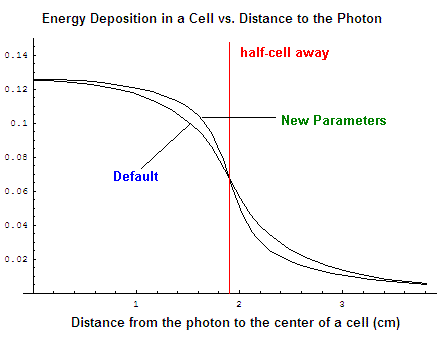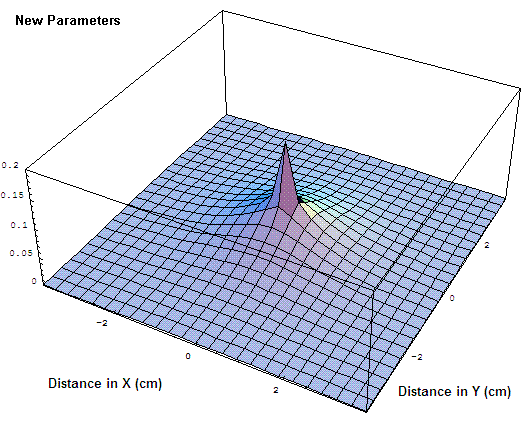- leun's home page
- Posts
- 2013
- 2012
- December (2)
- October (3)
- September (2)
- August (1)
- July (4)
- June (4)
- May (2)
- April (3)
- March (5)
- February (5)
- January (5)
- 2011
- December (3)
- November (3)
- September (5)
- August (2)
- July (2)
- June (3)
- May (4)
- April (4)
- March (2)
- February (4)
- January (2)
- 2010
- December (2)
- November (3)
- October (3)
- September (5)
- August (6)
- July (2)
- June (4)
- May (3)
- April (4)
- March (4)
- February (2)
- January (4)
- 2009
- 2008
- October (1)
- My blog
- Post new blog entry
- All blogs
FMS meeting 20100726
Shower Shape Chapter 8 Verse 15
This page is yet another installment on the shower shape. Here I look at the reconstructed position of photons based on a flat distribution, single photon simulation. The goal was to achieve a more uniform distribution by varying the parameters of the shower function in the Yiqun algo. This will likely NOT be the right answer for the data, but the idea here is that the uniformity of the reconstructed position within a cell is some indication of the shower shape. We can try getting this right in the simulation, and do something similar to the data.
Fig. 1. Y-position distribution for photons with E>30GeV, with default shower function.

Fig. 2. Reconstructed vs. Generated Y, with default shower function.
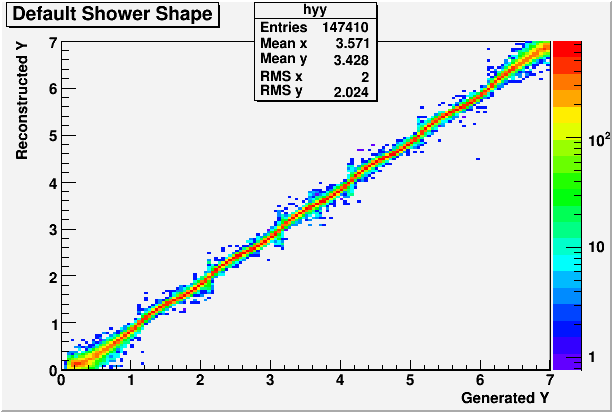
The modulation with period of 1 cell width is what causes the reconstructed positions to get focused around the center of a cell.
Fig. 3. Profile view of Fig 2. with linear fit.
.gif)
Fig. 4. Reconstructed vs. Generated X, with default shower function.
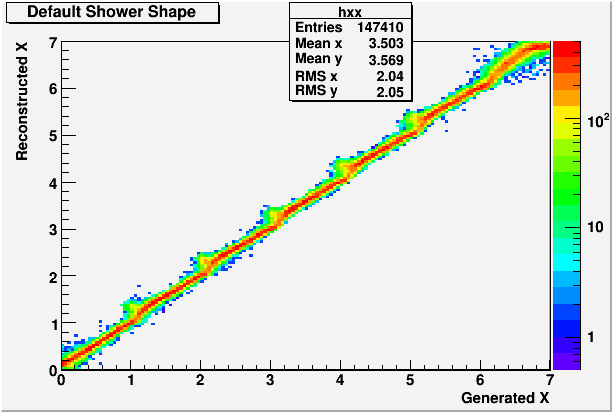
Clearly, X is different from Y. This is due to the incident angle, and I have verified that the difference largely goes away with semi-projective geometry.
Fig. 5. Reconstructed vs Generated Y, with parameterization that Steve is using based on his FMS analysis.

It's not a surprise that this doesn't work for the simulation, since we suspect that the shower shape might be different in data vs. simulation. Still, this is overall a much narrower shower shape, and it's interesting to see what that does.
Fig. 5. Reconstructed vs Generated Y, with parameterization that I've tried based on a quick look at my FPD data analysis.
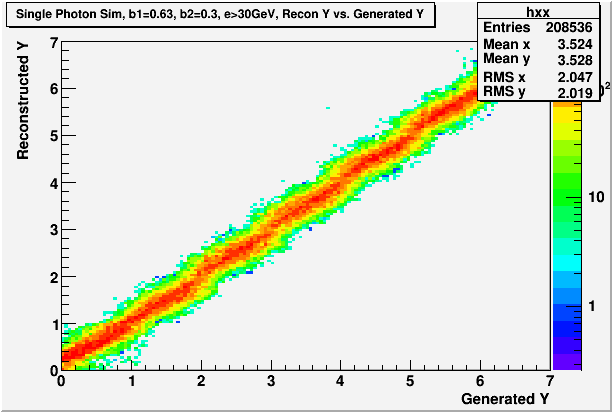
I was trying to make the shower shape narrower, based on the observation that the data shower shape for those photons that landed at the center of a cell had smaller surrounding towers than what the shower function predicts. This is apparently a very bad match with simulation, and it's likely bad for the data as well since it was done in a very crude way.
There were other parameterizations that I played with, and the common theme was the following.
1. Too many events go to the center of a cell.
2. Too few events go to the cell boundaries.
Qualitatively, #1 suggests that as the photon moves in the vicinity of of cell center, the amount of energy deposited in the surrounding cells (~1 cell width between cell center and photon) do not change as much as the shower function thinks. #2 suggests the opposite in the case where the photon moves in the vicinity of a cell boundary. (for cells with ~0.5 cell width between cell center and photon)
To make a more concrete change that will move us in the direction, we used Mathematica to plot the function G0.
G0(x) = Energy deposited in a cell when the distance between the cell center and the photon is x. (It is assumed that the other coordinate is fixed at 0)
Using this function, I've tried a new parametrization which was determined completely qualitatively. It is a first try. Instead of making everything narrow, I added one very wide term and one very narrow term with about equal strength.
Fig. 6. G0 around distance ~1cell away from the photon

Fig. 7. G0 around distance ~0.5cell away from the photon
Fig. 8. Default shower shape in 3D

Fig. 9. New (attempt #1) shower shape in 3D
Fig. 10. Reconstructed vs. Generated Y, with new parameters.

Fig. 11. Profile view of Fig 10. with linear fit.
.gif)
Fig. 12. Y-position distribution for photons with E>30GeV, with new parameters.
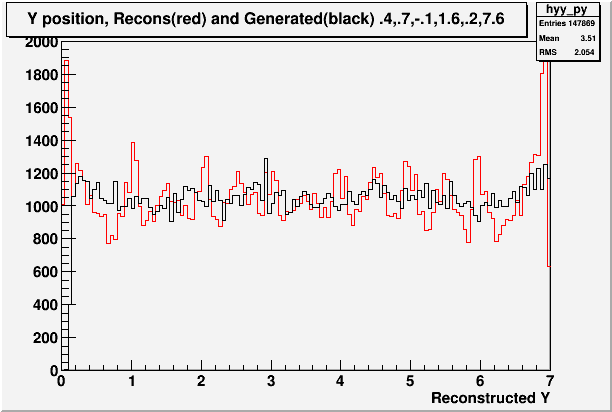
Fig. 13. Reconstructed vs. Generated X, with new parameters
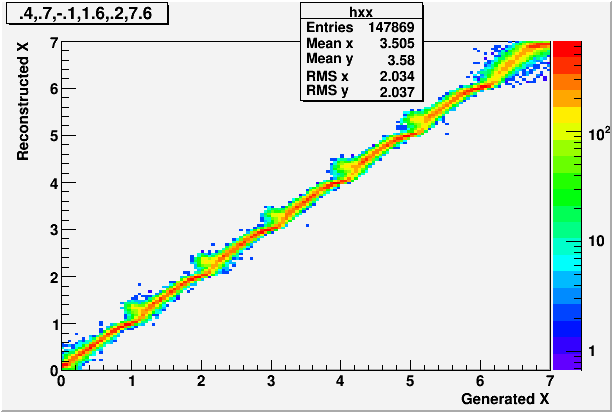
- leun's blog
- Login or register to post comments

